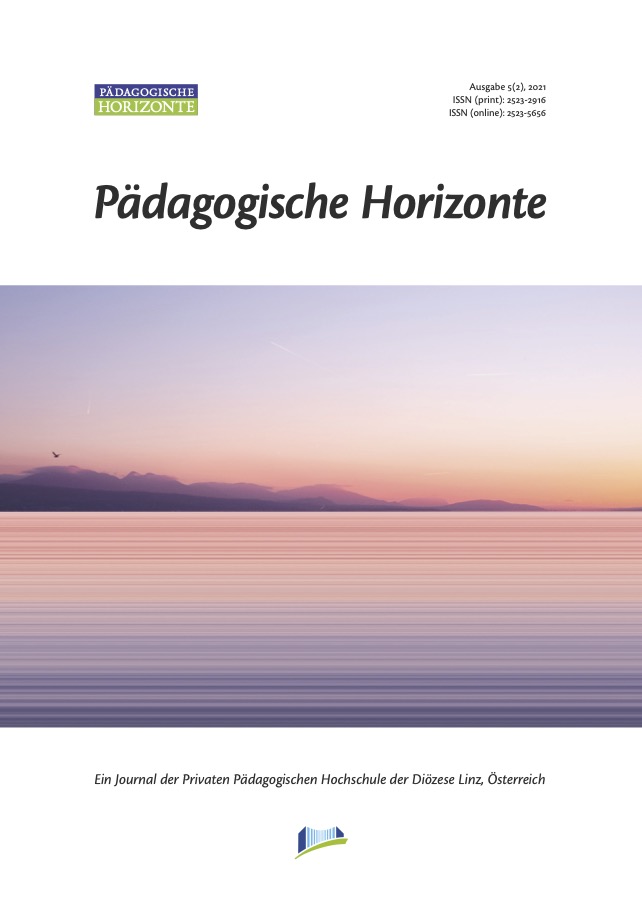Interaction types in distance learning
Experiences and perspectives of Austrian EFL student teachers
Schlagwörter:
Online Interaktion, Ausbildung von Englischlehrpersonen, Distanzlehre, Mixed-method ForschungsdesignAbstract
Der Beitrag berichtet von einer Studie unter 107 Englischstudierenden in Österreich, die in der ersten Phase des COVID-19 Lockdowns von März bis Juni 2020 durchgeführt wurde. Zur Untersuchung wurden vier Arten von Online Interaktion (learner-self, learner-interfact, learner-content und learner-support) herangezogen (Ally, 2011; Boling, Hough, Krinsky, Saleem, & Stevens, 2012; Zheng, Lin, & Kwon, 2020). In einem Mixed-methods Untersuchungsdesign wurden geschlossene Fragebogenitems mithilfe quantitativer Methoden auf Verteilung und Homogenität der verwendeten Skalen untersucht, während offene Fragestellungen mittels Inhaltsanalyse verarbeitet wurden. Diese parallel durchgeführten Analysen mündeten in eine Triangulation der Daten, welche die folgenden Ergebnisse brachte: Studierende erleben regelmäßige Unterstützung durch die Lehrenden, welche ihre Lehrmaterialien in Lernmaterialien umwandeln, als ihrem Lernerfolg zuträglich. Wichtig erscheint der Einbezug von Aufgaben, welche kognitiv anspruchsvolle Denkprozesse initiieren. Darüber hinaus wurden positive Lernerlebnisse in Bezug auf Unterstützung durch die Lehrpersonen beschrieben, jedoch ein Defizit in Bezug auf kooperative und kollaborative Lernformen unter Studierenden. Der Artikel endet mit Empfehlungen betreffend die Weiterentwicklung von Online Lehre und weiterführenden Forschungsideen.


 ISSN 2523-5656 (Online) | ISSN 2523-2916 (Print)
ISSN 2523-5656 (Online) | ISSN 2523-2916 (Print)